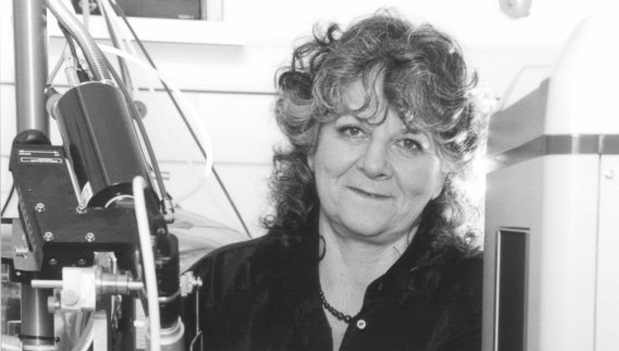Mary Engle Pennington

Mary Engle Pennington had many achievements during her 40-year career with the USDA. Her pioneering research on sanitary methods of processing, storing, and shipping food led to achievements such as the first standards for milk safety, as well as standards for refrigeration of food products.
Mary Engle Pennington was born in Nashville, Tennessee to Henry and Sarah Malony Pennington. As a young girl Mary showed an early interest in chemistry. She later went on to study at the University of Pennsylvania in 1890, a time when few women attended college. She completed her B.S. degree requirements in chemistry with minors in botany and zoology. However, at the time, the University of Pennsylvania did not grant degrees to women, so instead of getting a degree, she was given a certificate of proficiency.
She continued her education and received her Ph.D. from the University of Pennsylvania at 22 years old. Her thesis was titled “Derivatives of Columbium and Tantulum.” After receiving her Ph.D. she became a university fellow in botany at the University of Pennsylvania. She later became a fellow in physiological chemistry at Yale in 1897-1899. There she preformed research in physiological chemistry with Dr. Lafayette Mendel and Dr. Russell Chittenden. In 1898 she founded the Philadelphia Clinical Laboratory, became director of the Clinical Laboratory at the Women’s Medical College of Pennsylvania, and was a bacteriologist with the Philadelphia Bureau of Health. She was instrumental in improving sanitation standards for the handling of milk and milk products.
In 1905 Mary began working as a bacteriological chemistry for the U.S. Department of Agriculture. Harvey W. Wiley, Mary’s director, encouraged her to apply for the position as chief of the newly created Food Research Laboratory. In 1907 she accepted the position, making her the first female lab chief. During her time as director she was instrumental in developing standards for the safe processing of chickens raised for human consumption, as well as the design of refrigerated boxcars. She and Howard Castner Pierce were awarded a U.S. patent for an all-metal poultry-cooling rack for the cooling and grading of poultry, rabbits, and game.
Mary’s involvement with refrigerated boxcar design led to an interest in the entire process of transporting and storing perishable food, for both home refrigeration and refrigerated transport. She later accepted a position at American Balsa, a private firm that manufactured insulation for refrigeration units. Later, in 1922, she started her own consulting business which she ran until she retired in 1952. During this time, she founded the Household Refrigeration Bureau to educate consumers in safe practices in domestic refrigeration. Much of her work was supported by the National Association of Ice Industries, which is an association of independent icemakers and distributors who delivered ice to homes before the widespread availability of electric refrigerators.
After retirement Mary continued to work as a consultant and was the vice president of the American Institute of Refrigeration. During her lifetime Mary contributed to many scientific and medical journals. She was the recipient of the Garvan-Olin Medal, which is the highest award given to women in the American Chemical Society. She is also an inductee of both the National Women’s Hall of Fame and the American Society of Heating, Refrigeration and Air-conditioning Engineers (ASHRAE) Hall of Fame. She was the first woman elected to the poultry Historical Society of Fame. And most recently she was inducted into the National Inventors Hall of Fame.
Written by: Rebecca Bogart
Edited by: Magenta Hensinger
References
https://www.invent.org/inductees/mary-engle-pennington


Recent Comments